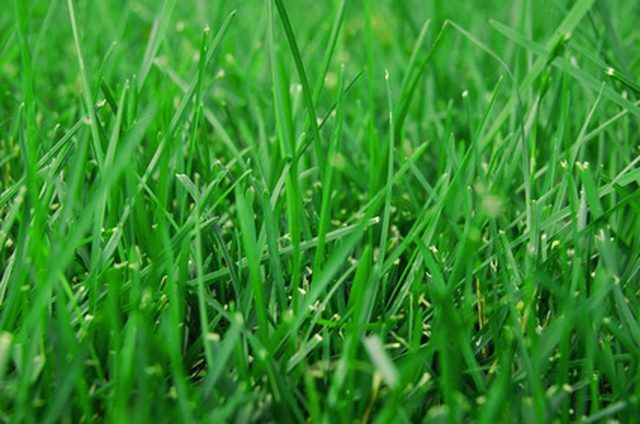Bulbs
Flower Basics
Flower Beds & Specialty Gardens
Flower Garden
Garden Furniture
Garden Gnomes
Garden Seeds
Garden Sheds
Garden Statues
Garden Tools & Supplies
Gardening Basics
Green & Organic
Groundcovers & Vines
Growing Annuals
Growing Basil
Growing Beans
Growing Berries
Growing Blueberries
Growing Cactus
Growing Corn
Growing Cotton
Growing Edibles
Growing Flowers
Growing Garlic
Growing Grapes
Growing Grass
Growing Herbs
Growing Jasmine
Growing Mint
Growing Mushrooms
Orchids
Growing Peanuts
Growing Perennials
Growing Plants
Growing Rosemary
Growing Roses
Growing Strawberries
Growing Sunflowers
Growing Thyme
Growing Tomatoes
Growing Tulips
Growing Vegetables
Herb Basics
Herb Garden
Indoor Growing
Landscaping Basics
Landscaping Patios
Landscaping Plants
Landscaping Shrubs
Landscaping Trees
Landscaping Walks & Pathways
Lawn Basics
Lawn Maintenance
Lawn Mowers
Lawn Ornaments
Lawn Planting
Lawn Tools
Outdoor Growing
Overall Landscape Planning
Pests, Weeds & Problems
Plant Basics
Rock Garden
Rose Garden
Shrubs
Soil
Specialty Gardens
Trees
Vegetable Garden
Yard Maintenance
Liquid Crabgrass Control
Liquid Crabgrass Control. Crabgrass is an annual weed that invades lawns throughout the United States. According to Purdue University, crabgrass seeds germinate when soil temperatures are above 60 degrees Fahrenheit for three to five days. Crabgrass can be controlled by liquid herbicides, available in both pre-emergence and post-emergence formulas.

Crabgrass is an annual weed that invades lawns throughout the United States. According to Purdue University, crabgrass seeds germinate when soil temperatures are above 60 degrees Fahrenheit for three to five days. Crabgrass can be controlled by liquid herbicides, available in both pre-emergence and post-emergence formulas.
Pre-emergence Herbicide
According to Grounds Maintenance, pre-emergent herbicides provide a chemical barrier on the lawns that prevents crabgrass seeds from germinating. These chemicals come in single-season and multiple-applications types.
Post-emergence Herbicide
Post-emergence herbicides are applied after crabgrass begins to emerge in the lawn, according to American Lawns. Generally, lawn care maintenance officials use a pre-emergence and a post-emergence herbicides to properly treat a crabgrass infestation.
Time Frame
Horticultural researchers often debate over when herbicides should be applied to the lawn. Generally, crabgrass begins to grow in the spring. As a result, lawn maintenance officials typically apply pre-emergence herbicides just weeks before the ground warms enough for crabgrass to begin to appear. Others feel it is best to apply pre-emergence herbicides in the early fall, as the ground cools and grasses go dormant for the winter. According to Grounds Maintenance, both procedures are effective, provided the chemicals are properly applied.
Application
Pre-emergence herbicides should be applied according to the directions on the product. There are two main types of pre-emergence herbicides. According to Ground Maintenance, single-season-application varieties can be applied in the early fall or early spring by spraying the liquid herbicide directly on the grass. It's important to spray as close to the soil line as possible. Products that need multiple applications throughout the growing season, every six to eight weeks, are applied in the same manner. Post-emergence herbicides are applied by spraying the lawn with a fine mist after crabgrass has begun to appear, according to American Lawns.
Warnings
According to Grounds Maintenance, there are several factors that limit the effectiveness of a liquid crabgrass-control method. Microorganisms that live in thatch and in the soil can degrade chemicals. Through a process known as photodegradation, sunlight also breaks down the chemicals used in liquid herbicides. Therefore, it is important for a homeowner to keep an eye on his lawn and use a post-emergence crabgrass treatment if necessary.